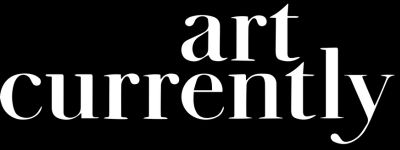Exploring Landscapes And Water In Dissolving Realms Curated By Katy Hessel
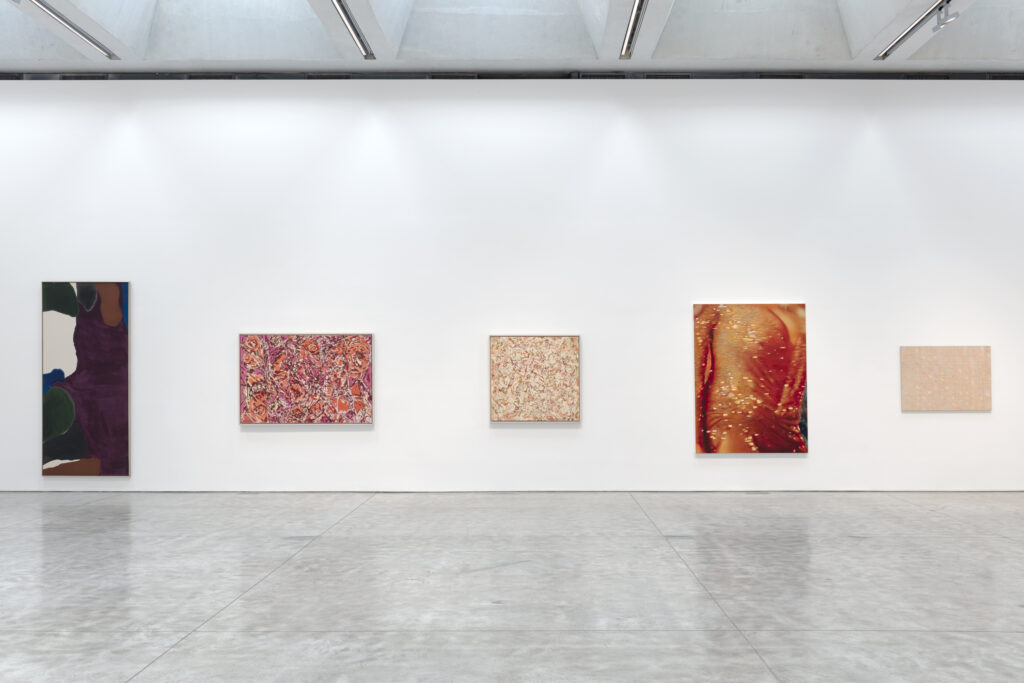
Photography by Diego Flores.
The latest installation at Kasmin Gallery aims to bring together artists whose work spans over 70 years in a focused overview of painterly inquiries into the boundaries of representation. Through August 12th, the exhibition Dissolving Realms at Kasmin Gallery features paintings that blend mythical and cosmic themes to conjure realms that either flicker on the edge of abstraction or dissolve fully into color and shape.
Curated by Katy Hessel, a British art historian, curator, and broadcaster, Dissolving Realms, her debut show in the United States, brings together artists from all over the world who use art, history, and contemporary practices to focus on the legacy and influence of twentieth-century artists on today's new painters.
As heard in her podcast interviews with "The Great Women Artists" derived from @thegreatwomenartists and soon-to-be-released book "The Story of Art without Men," Hessel specializes in abstract expressionism, color field painting, and surrealism, all of which are related to the themes covered in this exhibition.
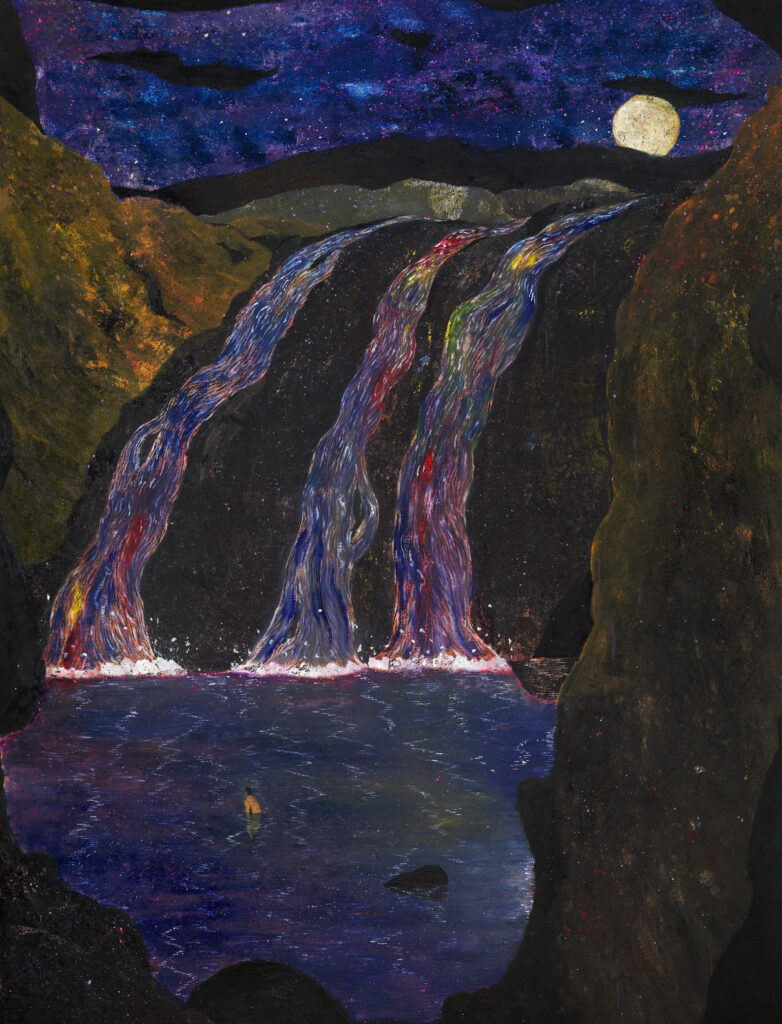
oil on linen (98 3/8 x 74 3/4 inches, 250 x 190 cm) (PK 28637)
Image courtesy of the artist and Josh Lilley, London.
Such areas in the art glossary of movements bring sensations of otherworldliness to the forefront and raise questions about the inherent ambiguity of some shapes in nature.
The first pieces in the show were created in 1946 by British artist Ithell Colquhoun (1906-1988), who was inspired by nature, esotericism, and the occult to create a new style of painting. The paintings alternate between realism and fantasy, with biomorphic shapes and those connected with the female figure.
Her paintings also represent the organic landscape of Cornwall, on the south coast of the United Kingdom, where she lived. Colquhoun's paintings generate connections between representation and abstraction in a postwar environment and in painting now, in conversation with work from 2021 to 2022.
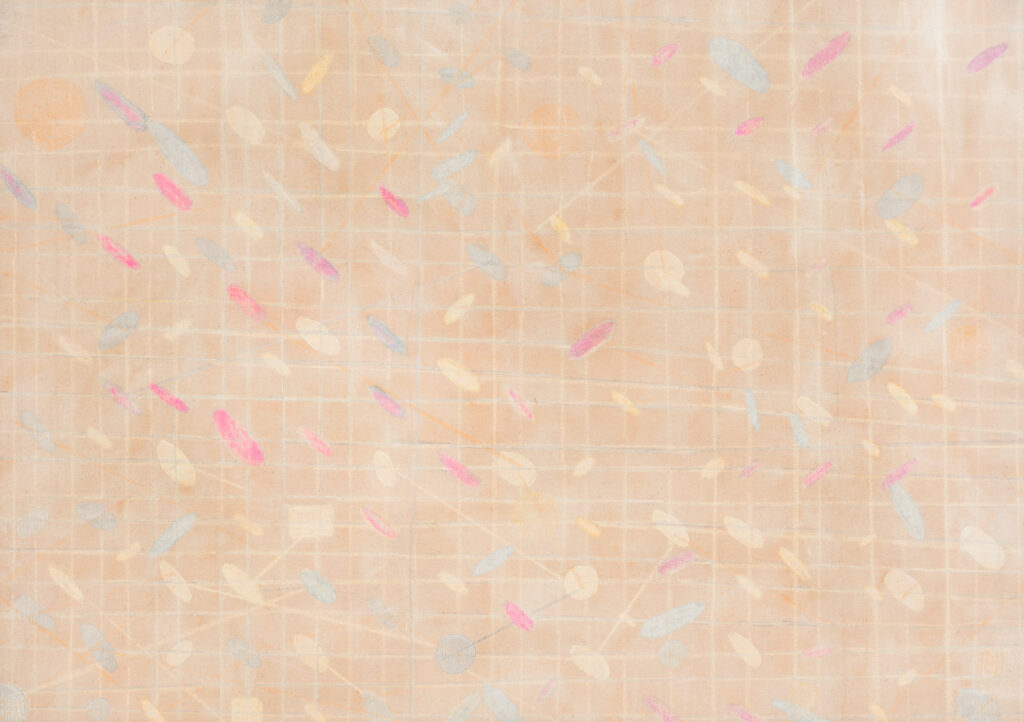
acrylic, graphite, and pastel on canvas (34 x 48 inches, 86.4 x 121.9 cm) (PK 28561)
Image courtesy of the artist and Garth Greenan Gallery, New York.
From Tom Anholt's peaceful, secluded, and moonlight waterfalls to Jake Grewal's legendary figures set amidst trees or bathing in natural pools to Naudline Pierre's hybridized bodies that lay between heavenly and subaqueous realms, landscape and water are driving factors in this show.
This exhibition tries to identify communication between twentieth-century artists -namely those associated with abstract expressionism, color field painting, and surrealism- and young artists working now through its painted landscapes and kaleidoscopic panoramas made up of shards of glistening color.
Katy Hessel has written extensively about women artists for British Vogue and Harper's Bazaar, and she organizes the yearly The Great Women Artists Residency for new artists at Palazzo Monti. Her debut book, The Story of Art without Men, will be released by Penguin in the UK in September 2022. She routinely delivers arts programs for the BBC (US publisher to be announced soon).
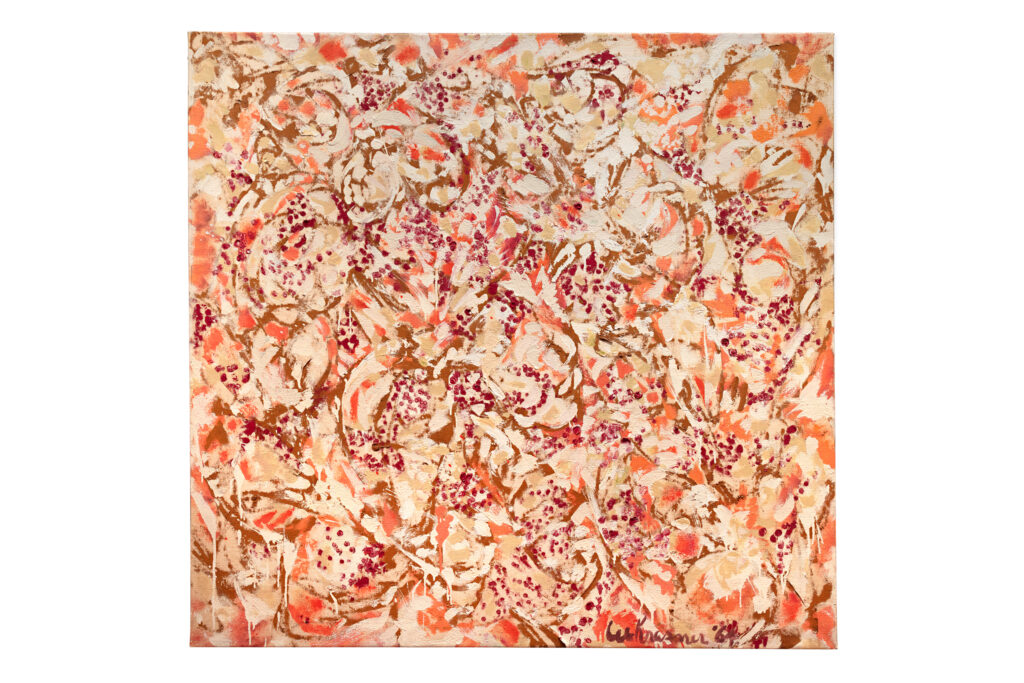
oil on cotton duck (44 1/8 x 46 1/8 inches, 112.1 x 117.2 cm)(PK 28536)
